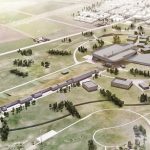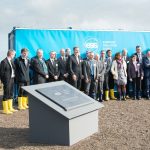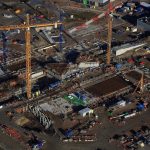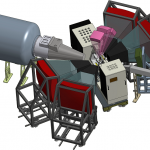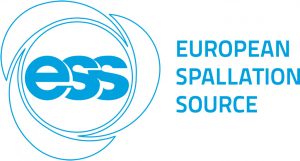 ESS Scandinavia-CZ – website
ESS Scandinavia-CZ – website
Participation of the Czech Republic
Hosting institution: Nuclear Physics Institute, CAS
ESS (European Spallation Source) is a pan-European research infrastructure currently under construction in Lund in Sweden. It will be based on the world’s most powerful spallation neutron source producing intense neutron beams for an array of instruments allowing studies of structure and dynamics of matter over a very broad range of size scales and energies. The Czech Republic participates in the design and construction of one of these instruments – Beamline for European Materials Engineering Research – addressing the needs of future research of advanced materials for a broad area of applications. The participation in ESS will provide the Czech research community with an opportunity to carry out cutting-edge research in a wide variety of areas, such as condensed matter physics, chemistry, biology, geology or archaeology. ESS will provide experimental capacity to more than 2000 researchers from both academic and industrial areas every year, who will be given access to the advanced neutron scattering and imaging instruments, in many cases complementary to or outperforming the instruments available at the other neutron facilities. In addition, ESS will support users by providing specialized laboratory equipment, data analysis tools and instrument specialists assisting with the neutron experiments.
Future development
Construction of the ESS has started in summer 2014 and will continue until 2025. The design and construction of the main components (the accelerator, target station, neutron scattering systems and supporting facilities) is scheduled for the period 2016–2020. Production of first neutrons is expected in 2020. First neutron scattering instruments, including the materials engineering diffractometer built with the Czech participation, will enter the hot commissioning phase in 2021–2023. Start of the full user access program is planned in 2023 when the neutron source will reach the power of 2 MW. As of 2025, the experimental base will reach 15 instruments. The capacity of ESS will be further extended in the subsequent period, with the aim to reach the projected power of 5 MW and the total of 22 instruments.
Socio-economic impact
Neutron methods can be applied to a broad range of scientific questions, spanning the physics, chemistry, geology, biology, medicine, energy, engineering materials, geosciences, archaeology and heritage conservation. Neutron methods are important for example in the development of new computer chips, cosmetics, detergents, textiles, paints, fuels, drugs, batteries and plastics. Industrial drivers – such as fuel cells, superconductors, innovative structural, engineering, climate, transportation and food technologies as well as pharmaceuticals, medical devices and clean energy – are dependent on advances in neutron science. Many products created and improved with the help of material sciences using neutrons are essential for maintaining a high quality of life.
